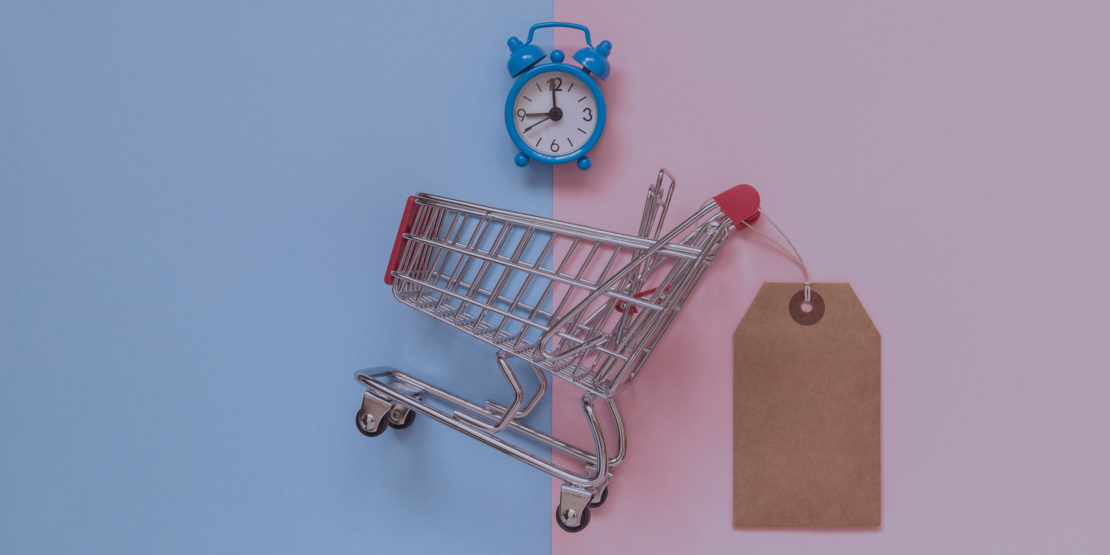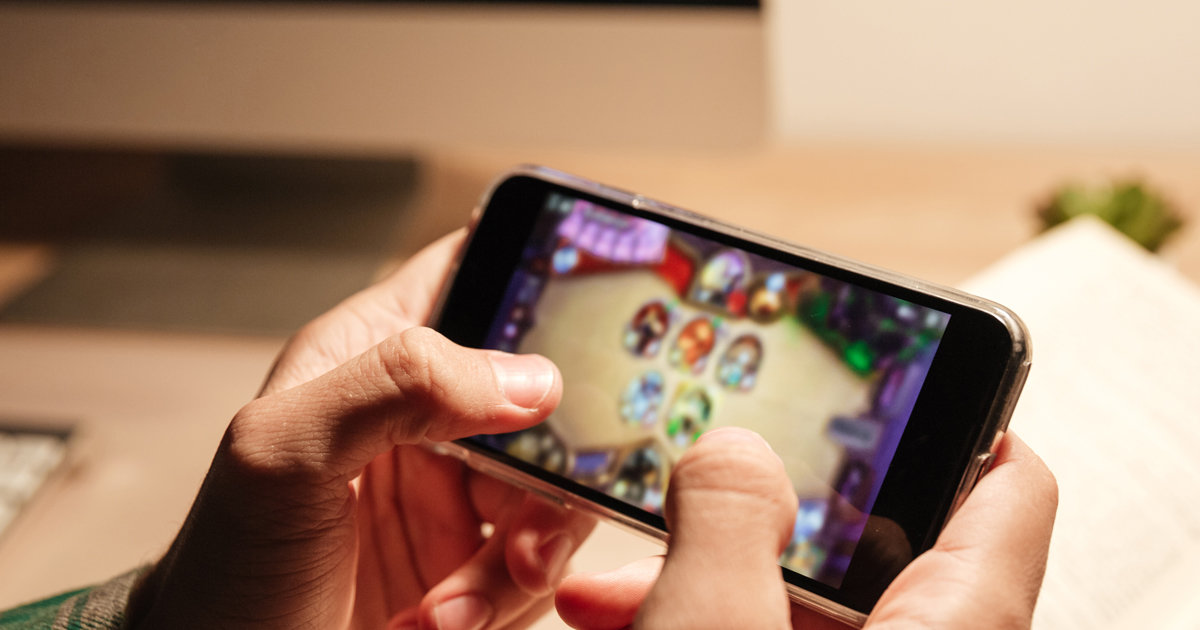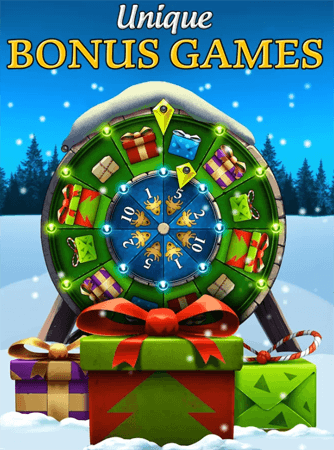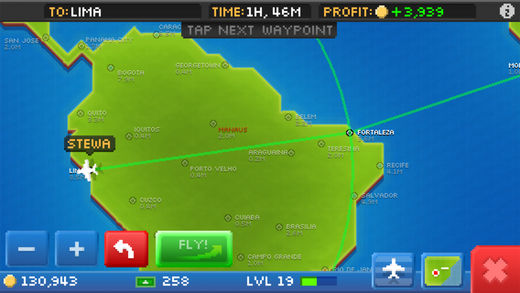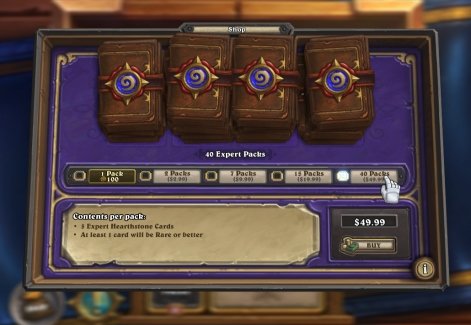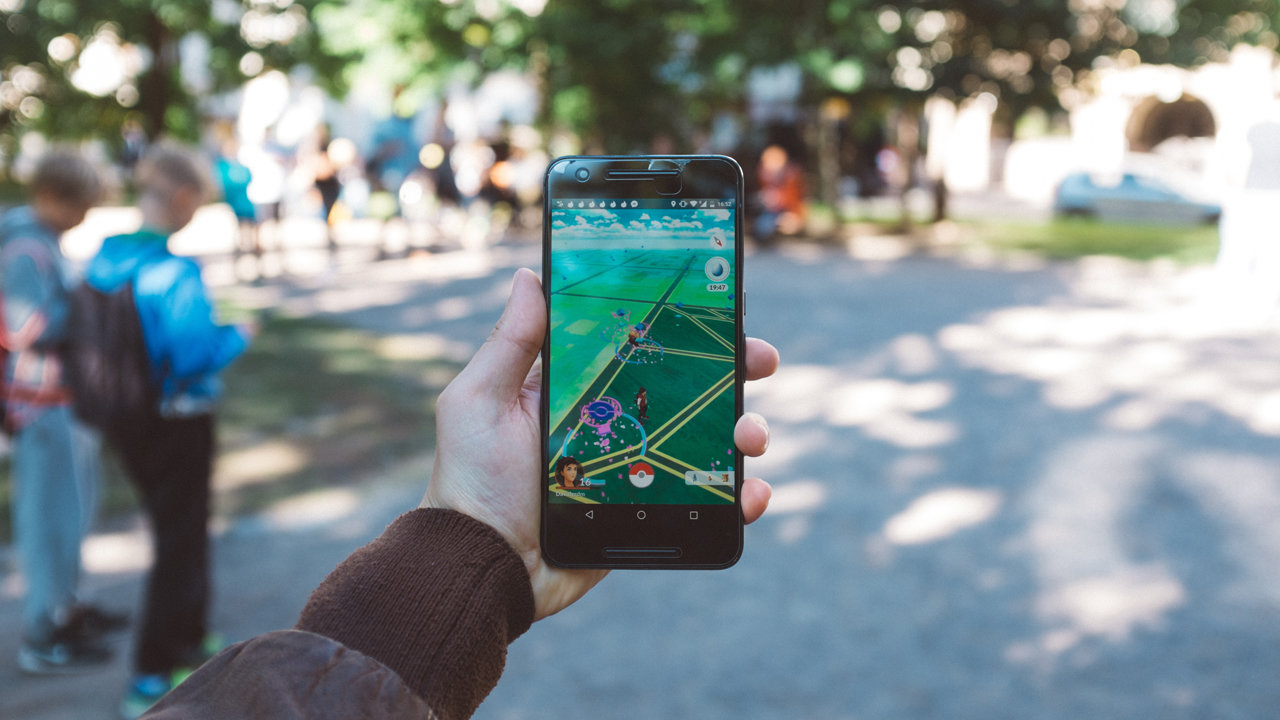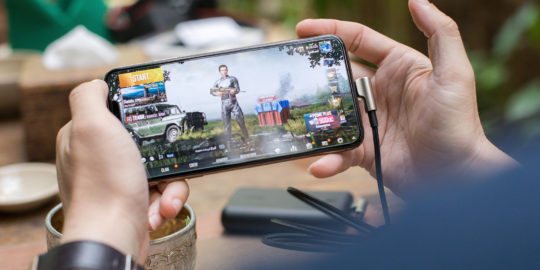Source: Shutterstock
So, one night I was playing Candy Crush. Right as I was about to clear a level, I ran out of moves and the game ended. But I had to wait nearly 30 minutes to regain my lives and play the next round. What did I do? I caved in and bought more lives.
In-app purchases are a critical piece of the game monetization puzzle — especially for games. Developers of free-to-play games have long since monetized their products with purchasable items, add-ons, lives, and currency. This technique is especially effective on mobile, where most apps are free and users aren’t accustomed to paying up front.
When used correctly, in-app purchases add flavor to a game without hurting the experience for players who don’t pay. These creative in-app purchases for games showcase how app teams can monetize loyal players, all while maintaining a satisfying user experience.
In-App Purchase Idea #1: Timed Promotions
Promotions aren’t just a matter of what’s on sale and how much it’s selling for. Timing is everything — and timing has a major impact on how consumers react to sales. Retailers have leveraged this fact for years through coupons and limited-time offers. Now, mobile games can do the same.
In the example above from Power Rangers Legacy Wars, the game presents offers that are only available for a limited time. One of those offers is a new player discount that’s only available for the first 24 hours after download. Similarly, in the above screenshot, we can see that some characters are only buyable for a limited time.
Timed promotions are a good way to keep your content fresh. After a few sessions, players will likely acquaint themselves with all of the available in-app purchases. Once they’ve browsed the store, they may not see much reason to return unless they want to buy something.
But with timed promotions, there’s always a reason to boot up the app and see what’s available.
In-App Purchase Idea #2: Holiday Specials
Holiday-themed promotions are another way to maintain interest in your app over time. The standard array of in-app purchases gets stale quickly, so in addition to timed promotions, app teams can create full-fledged campaigns for real-world holidays. These campaigns give players a reason to revisit the app, and they create FOMO for those who don’t want to miss any limited-edition seasonal content.
Holiday promotions might require new gameplay elements to go alongside the new purchasable items. Scatter Slots implements these elements into its sales — in the Halloween campaign, users collected monsters and candies to win special prizes.
It’s also possible to create exclusive cosmetic items for the holidays. If the game features any sort of character or room customization, app teams could include holiday-themed clothes and furniture. These exclusive in-app purchases would encourage loyal users to convert while they still have the chance.
In-App Purchase Idea #3: Thematically Relevant Items
One creative way to ease players into in-app purchases is to make those purchases fit the theme of the game.
By default, in-app purchases feel shoehorned. For instance, it’s odd that an in-game universe would have two competing currencies (one free and one paid). This makes it obvious that the paid currency is just a monetization tactic.
In contrast, there are some in-game purchases that fit the theme of the game. In Pocket Planes, players must ferry passengers across the world and strategically expand their fleet. But flying takes time — it’s no surprise that there’s a real-world timer limiting the frequency of your flights. Players can pay to reduce this timer and complete more flights in one sitting. This is a typical in-app purchase, but it’s less jarring because it fits the game’s setting.
Casino games offer another example. In a real casino, you must exchange cash for tokens before you start playing. Free-to-play casino games usually give you a certain number of tokens for free, but you can always buy more. This fits users’ expectations of how a casino should work, digital or otherwise.
In-App Purchase Idea #4: Collectible Cards
Normally, it’s risky to implement gameplay-altering in-app purchases. If players can buy items or upgrades that directly influence gameplay, the game might become “pay to win.” This is an even bigger problem with competitive multiplayer games — no one wants to lose a match just because their opponent spent more money.
But there are exceptions to every rule, and Hearthstone’s gameplay fits perfectly with in-app purchase. As a collectible card game (CCG), Hearthstone lets users purchase booster packs with a chance of obtaining rare and powerful cards. It’s the digital version of the trading card game (TCG) business model from the 90s.
Even in a CCG, game developers should ensure that the game remains balanced and that over-spending isn’t the only way to win. But looking at Hearthstone’s competitive scene, it’s clear that app teams can monetize CCGs without ruining the balance.
Source: Unsplash
In-app purchases are a nearly unavoidable part of mobile game monetization. Fortunately, these creative in-app purchases illustrate a few ways to monetize your game without turning players off and sacrificing user retention.
—
Leanplum is the mobile marketing platform built for engagement. We help brands like Tinder, Grab, Tesco, and Zynga orchestrate multi-channel campaigns — from messaging to the in-app experience — all from a single, integrated platform. Schedule your personalized demo here.

